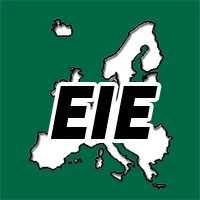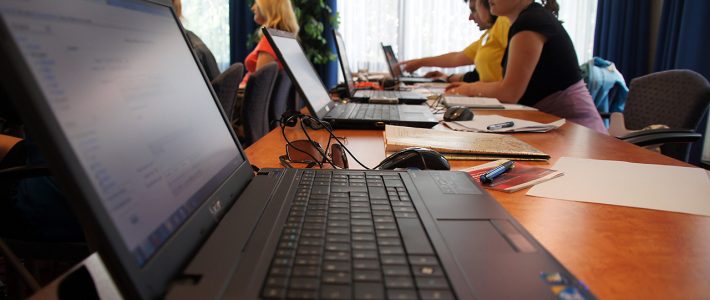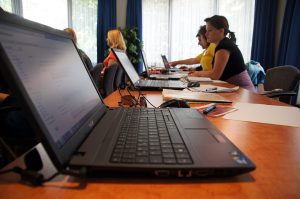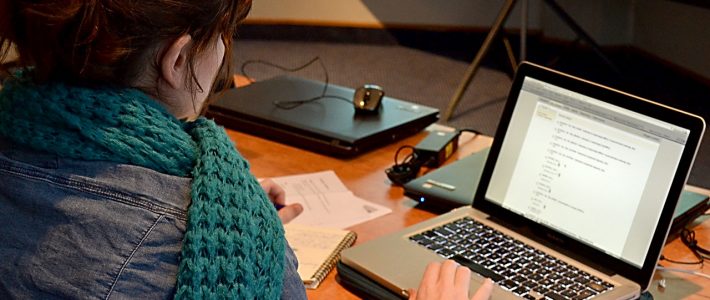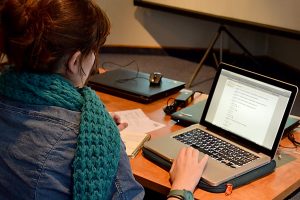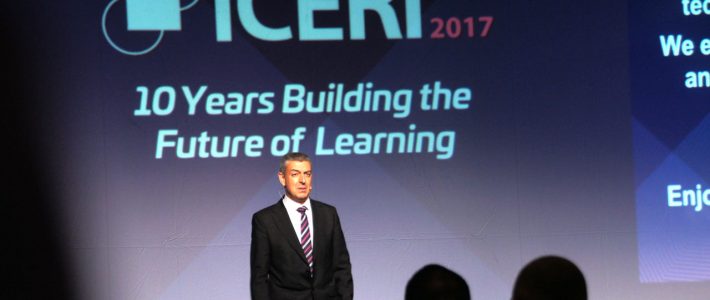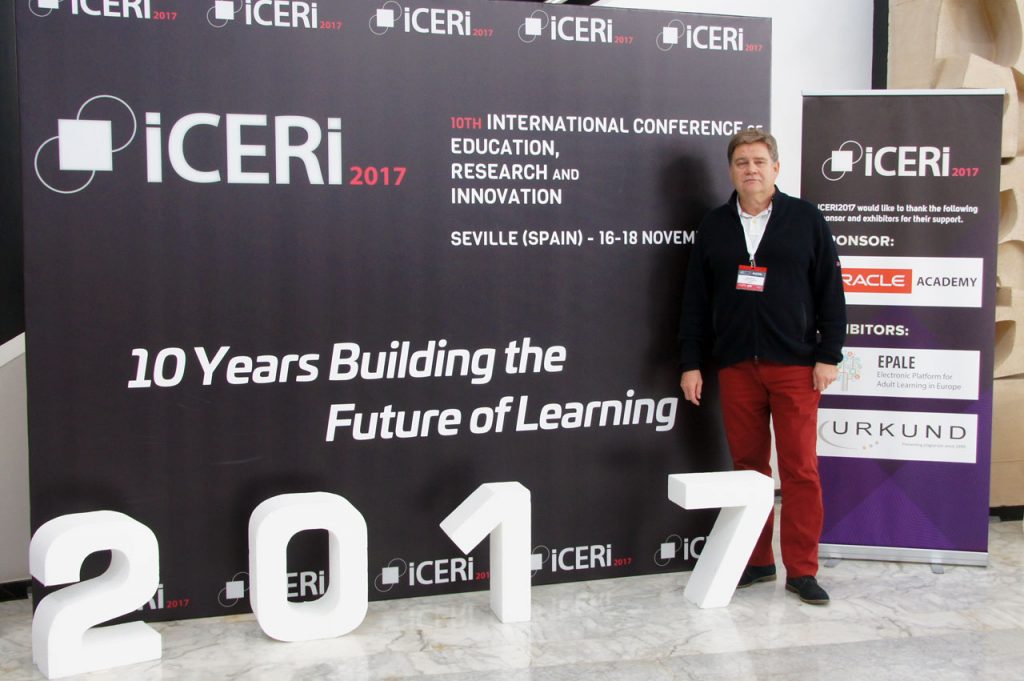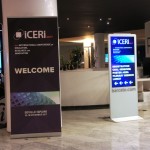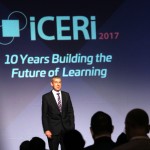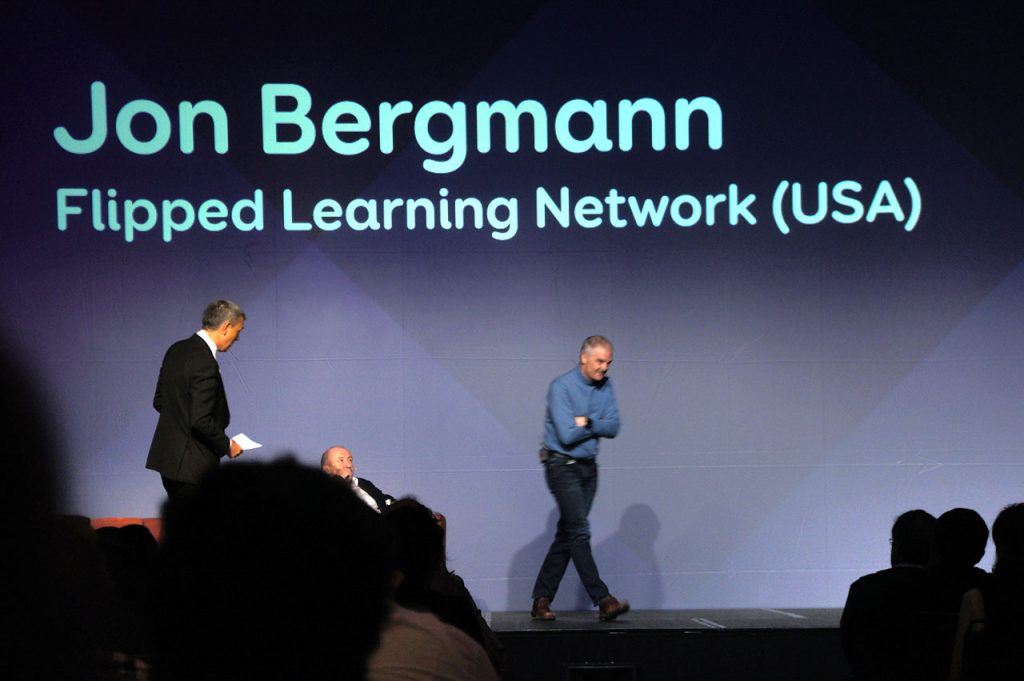Advantages of eLearning
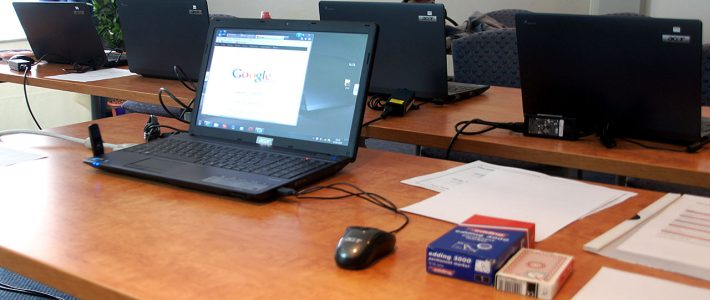
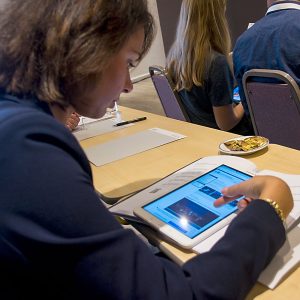
Here is an overview about eLearning advantages (we always compare eLearning with pure face-to-face classroom teaching). The list is split into three parts respecting the different target groups involved in eLearning. The summary is based on modern eLearning courses using an optimized platform (that does not really exist) and well done courses using a lot or multimedia elements and interactivity.
Advantages of eLearning (learner’s view)
- Learner actively involved in his/her e-learning
- Interactivity and attractiveness of eLearning content
- Flexibility and adaptability according to availability (time, location)
- Training at own pace, independently of other learners
- Self-assessment during and at end of course
- Personal progress monitoring during eLearning course and appraisal of results obtained thanks to tracking
- Tutorial support on demand (if necessary)
- Contact to other learners (if planned and necessary)
- No travel costs
Advantages of eLearning (company’s view)
- “Mass” training (big number of learners)
- Savings relative to classroom-based training indirect costs (travel, accommodation, etc.)
- Flexibility and adaptability according to learner availability (time, location)
- Customization and adjustment of training courses to predefined skills and teaching goals
- Low logistical constraints (no room booking, employee travel, accommodation, etc.)
- Precise course reporting and automated results analysis thanks to tracking (based on the eLearning platform)
- Durable and updatable teaching materials (often reuseable)
Advantages of eLearning (trainer’s view)
- Prerequisites for assessing learner levels
- Training performed on interactive and attractive tools for both trainer and learners
- Flexibility and adaptability according to availability (time, location) especial for the tutorial support
- Learner monitoring from the platform (tracking)
